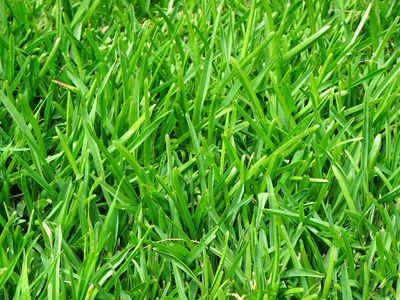Memorial Day: A Great Time to Fertilize Your Lawn
Did you fertilize your lawn yet? Don’t feel bad if you didn’t. The best time to feed your lawn in spring is near Memorial Day, not earlier.

The key to a thick, healthy turf is a strong root system. When your turf wakes up after winter, it naturally wants to develop roots and build up its energy reserves. If you fertilize early in spring, your lawn will skip this phase and immediately go to producing more grass blades.
Lawns fertilized early in spring may appear to be robust since they are mowed more often, but the individual grass plants are drawing from their limited energy reserves. This makes the lawn more susceptible to stress from diseases and summer heat.
It's better to wait until Memorial Day. Let your turf focus on root growth in early spring. Once temps warm up in mid-May, the plants will naturally change its focus to blade growth. A fertilization around Memorial Day will support this growth, maintain food reserves in the plants, and prepare the turf for the stresses of summer.
A few other quick points:
- Use a lawn fertilizer that contains some slow-release nitrogen. Examples include isobutylidene diurea (IBDU), polymer-coated urea, sulfur-coated urea and organic sources. This will gradually feed the lawn for several weeks.
- Irrigate your lawn after fertilizing. This increases the effectiveness of the fertilizer and prevents fertilizer from running off the surface after a thunderstorm.
- Apply the fertilizer in two directions (for example, north/south and then east/west). This will give you more uniform coverage and prevent striping.
- Lawns are generally fertilized at the rate of 1.0 pounds of actual nitrogen per 1000 square feet. Shady areas grow slower and require less fertilizer.
- Follow the instructions on the bag.
Source: Rose, C.J., B.P. Horgan and R.J. Mugaas. Fertilizing lawns. University of Minnesota. Accessed online on May 25, 2018.